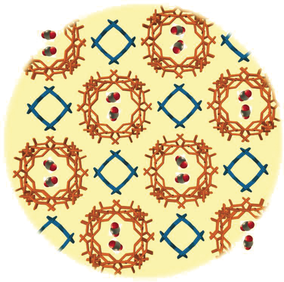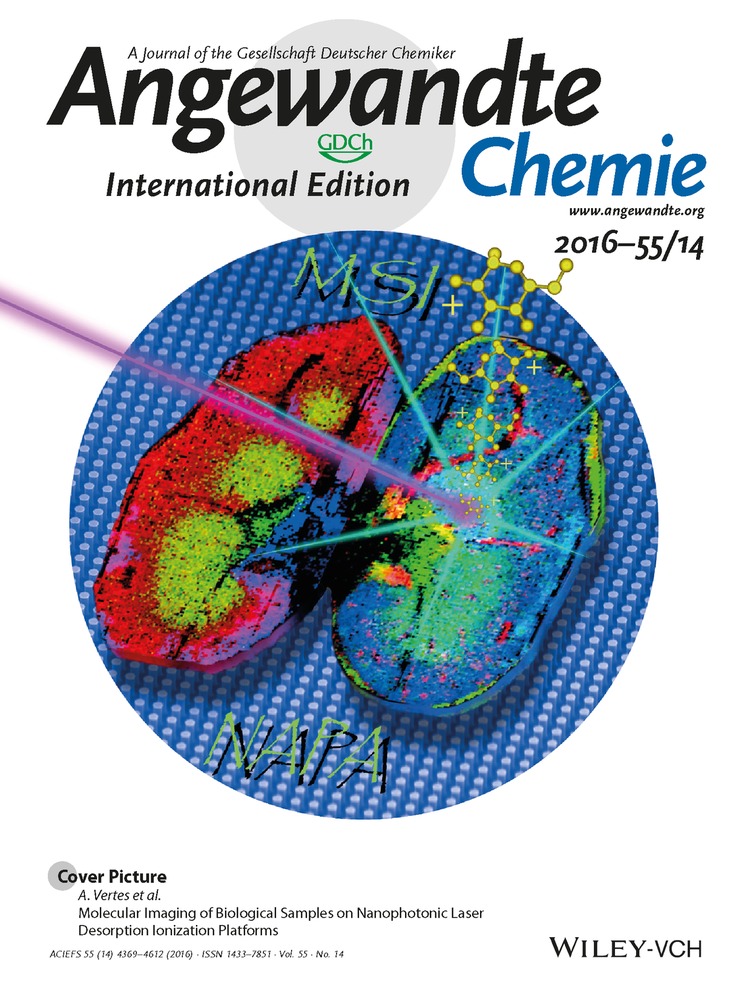Selective CO2 Adsorption in a Supramolecular Organic Framework
Graphical Abstract
SOFly, SOFly: Two supramolecular organic frameworks (SOFs) based on C-pentylpyrogallol[4]arene (PgC5) with spacer molecules, such as 4,4′-bipyridine, are prepared. Their highly optimized and symmetric intermolecular hydrogen-bonding interactions give robust extended frameworks. One of the evacuated frameworks shows excellent affinity for carbon dioxide over other gases.
Abstract
Considering the rapidly rising CO2 level, there is a constant need for versatile materials which can selectively adsorb CO2 at low cost. The quest for efficient sorptive materials is still on since the practical applications of conventional porous materials possess certain limitations. In that context, we designed, synthesized, and characterized two novel supramolecular organic frameworks based on C-pentylpyrogallol[4]arene (PgC5) with spacer molecules, such as 4,4′-bipyridine (bpy). Highly optimized and symmetric intermolecular hydrogen-bonding interactions between the main building blocks and comparatively weak van der Waals interactions between solvent molecules and PgC5 leads to the formation of robust extended frameworks, which withstand solvent evacuation from the crystal lattice. The evacuated framework shows excellent affinity for carbon dioxide over nitrogen and adsorbs ca. 3 wt % of CO2 at ambient temperature and pressure.





